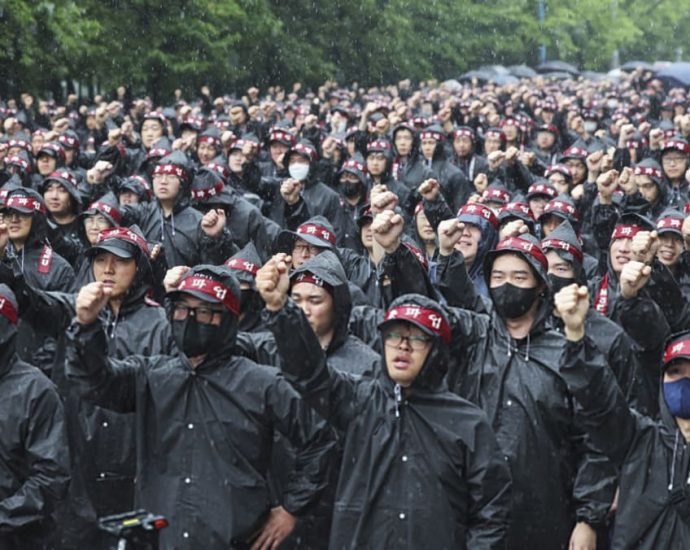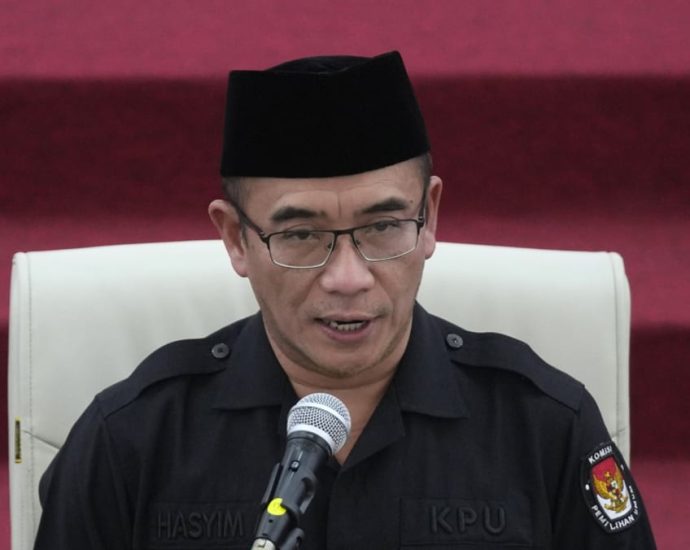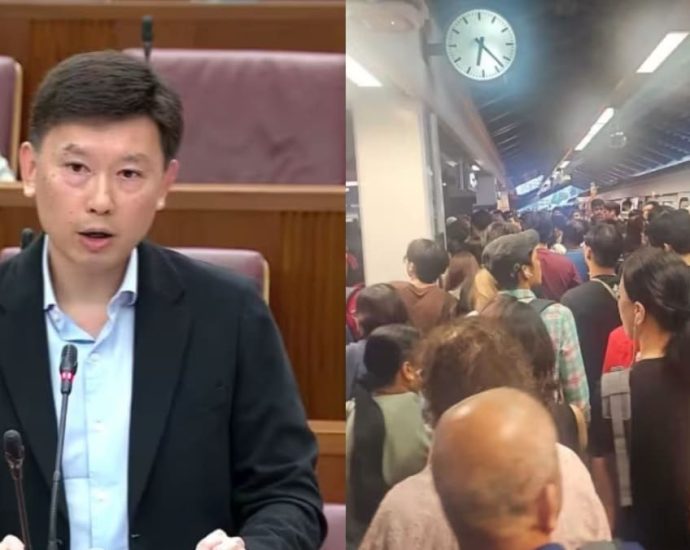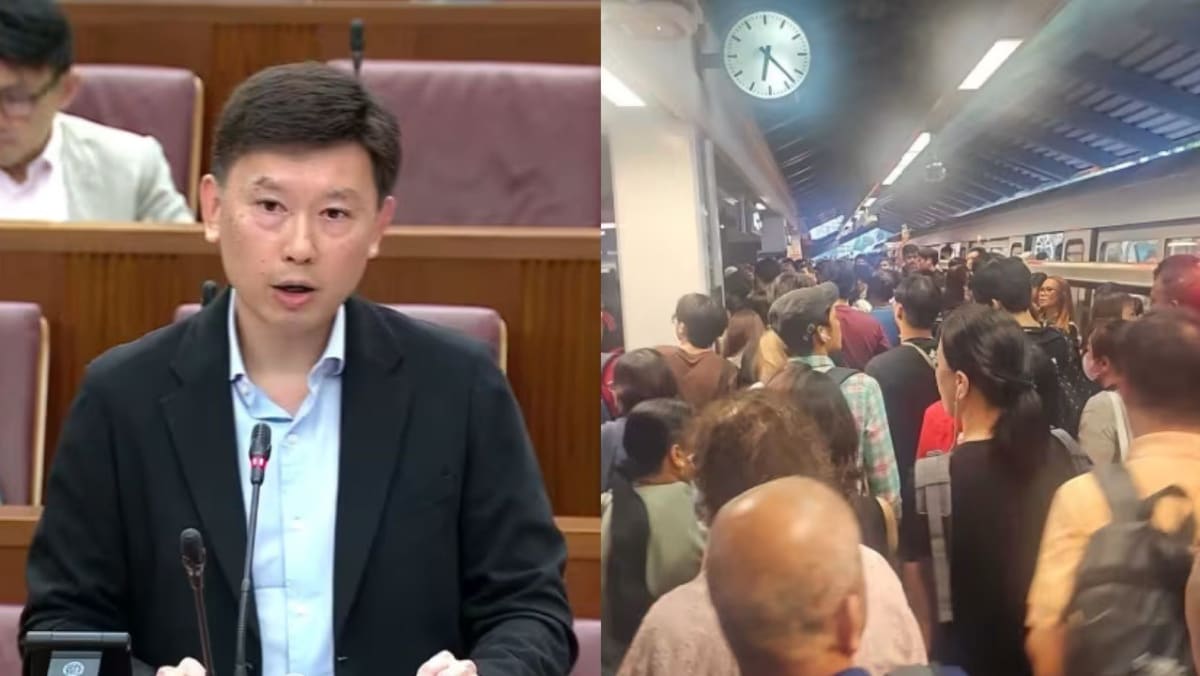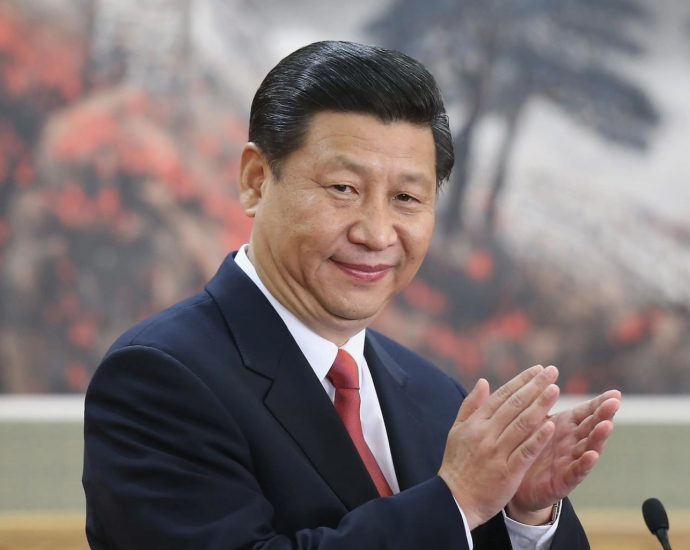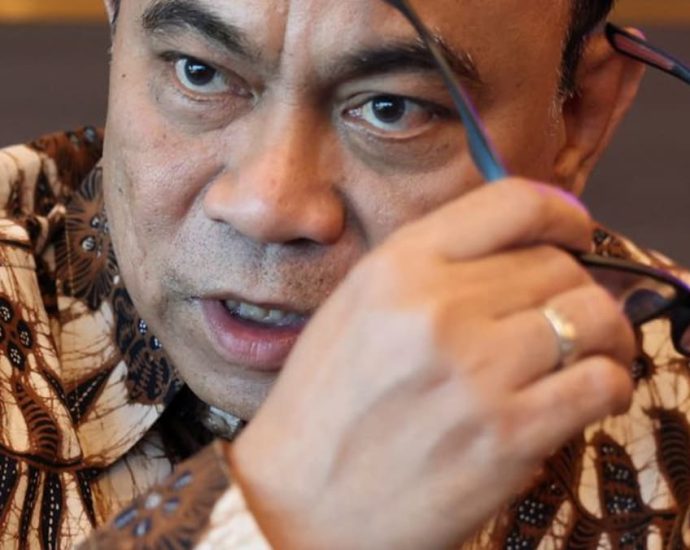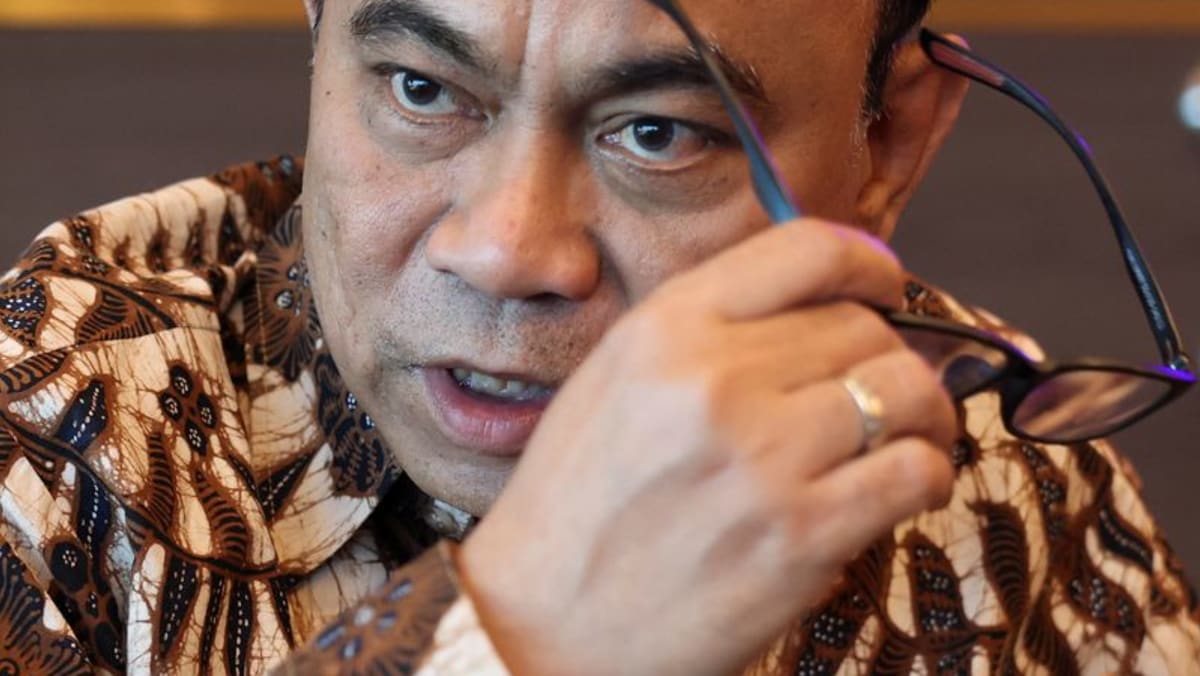Samsung Electronics union in South Korea says will strike indefinitely
SEUL: The labor union for Samsung Electronics employees in South Korea will continue to strike indefinitely, it said in a statement posted on its website on Wednesday ( Jul 10 ). The National Samsung Electronics Union ( NSEU), whose roughly 30 000 members make up almost a quarter of theContinue Reading

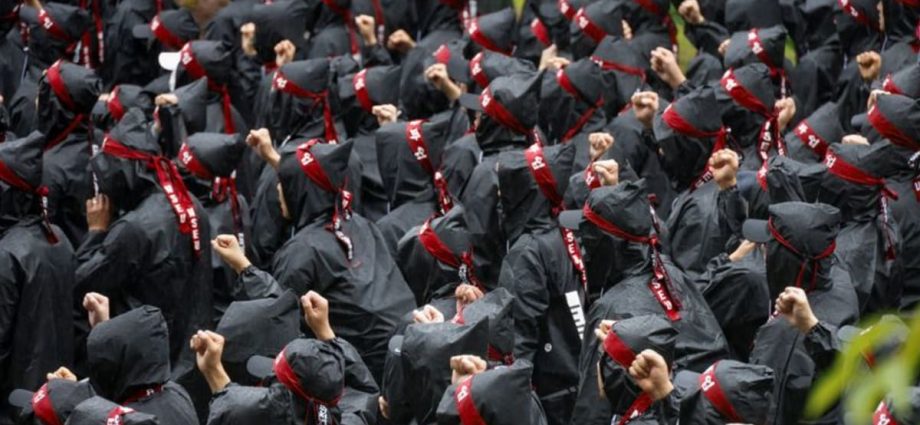
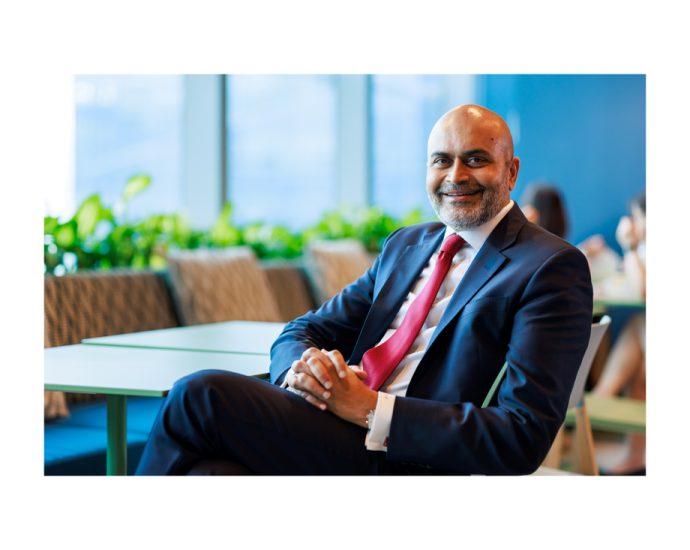
 Additionally, he highlighted the emergence of a circular economy to facilitate long-term sustainability, as being a growing trend: “Look at the battery ecosystem for example, a huge industry is developing around the recycling of batteries – additionally the recycling of solar panels, turbines and so forth is being considered. The recycling industry is becoming larger as ultimately, unless there is a circular economy around it, resources will be wasted. New action is being taken to develop a fully circular product lifecycle.”
Additionally, he highlighted the emergence of a circular economy to facilitate long-term sustainability, as being a growing trend: “Look at the battery ecosystem for example, a huge industry is developing around the recycling of batteries – additionally the recycling of solar panels, turbines and so forth is being considered. The recycling industry is becoming larger as ultimately, unless there is a circular economy around it, resources will be wasted. New action is being taken to develop a fully circular product lifecycle.”